10th May 2015: It was just the beginning of April in the alpine altitudes of Mt Field National Park when the Fagus (Nothofagus gunnii or deciduous beech) had already begun to turn. This presented indications that it would likely be an earlier than ‘normal’ season this year. By the beginning of May, at the higher altitudes of the Tarn Shelf in Mt Field National Park, the season had all but ended with most leaves fallen to the ground… but at the same time, the area around Lake Fenton in the lower altitudes, a golden colour blazed the landscape still.
Fagus season in Tasmania is known by locals as the ‘turning of the Fagus’. It occurs annually in autumn (or for our northern hemisphere readers, in the fall). There is only a small window of opportunity to see the spectacular colours of its foliage turning from green to hues of red, rust orange and finally a golden yellow before all the leaves fall to the ground as winter approaches.
As photographers, we anticipate the ‘turning of the Fagus’ each year and arrange a photographic excursion to capture the magnificent scenes of the vibrant landscape. Usually the ‘turn’ takes place around mid-late April and early May lasting just three or so weeks – ANZAC Day (25th April) is predicted as the moment in time to see the best of the splendid and colourful display. It should be noted however that Mother Nature is in charge of each season and factors such as the plant’s ability to photosynthesise, influence the ‘turning of the Fagus’. The timing may vary slightly each year and in 2015 it was a little earlier than what we had witnessed in the past.
It’s in the sub-alpine and alpine areas of Mt Field National Park where you’ll find some of Tasmania’s ‘Fagus territory’ (Cradle Mountain is another). With an energetic hike into the higher altitudes to the Tarn Shelf you’ll see a stunning mountainous landscape with so many photographic opportunities – amazing twisted snow gums, characterful pandani, featureful lichens and fungi and a remarkable landscape of tarns and mountains. Alternatively, with a less strenuous walk (albeit sometimes a rocky trail) in the sub-alpine woodland at Lake Fenton, Fagus trees will surround you and you’ll have plentiful opportunities to take close-up photos of the textures and patterns of the leaves.
Have we lured you to visit Tasmania to witness and photograph the ‘turning of the Fagus’ for yourself? Contact us or join our mailing list so we can send you information about the photographic activities that we have planned for the 2016 season.
Be sure to put it on your ‘bucket list’ because it’s a natural wonder that will amaze you!
Quick facts about Nothofagus gunnii (Fagus)
- Fagus is the common name for Nothfagus gunnii; it is Tasmania’s only native deciduous tree
- Nothofagus gunnii is endemic to Tasmania so you will not find it anywhere else in the world
- It mostly grows in highland areas above 800m where rainfall is high (above 1800mm annually)
- Surveys report only around 100 square kilometres (10,000 hectares) of Fagus growing in the entirety of Tasmania. Not much of an area when you know that Tasmania is around 68,000 square kilometres (6,800,000 hectares).
- Fagus is very slow growing, it doesn’t grow to heights much more than 2 meters (6-7ft); fire is a high risk to its survival
- This species is linked back to the Gondwana era so it can be referred to as a ‘living fossil’
- Another name given to Fagus by bushwalkers is ‘tanglefoot’
Other posts on our blog featuring Fagus
- Turning of the Fagus first posted in 2015 with photos from that season
- A trek up into Fagus habitat including a video of Coreena’s walk in May 2022


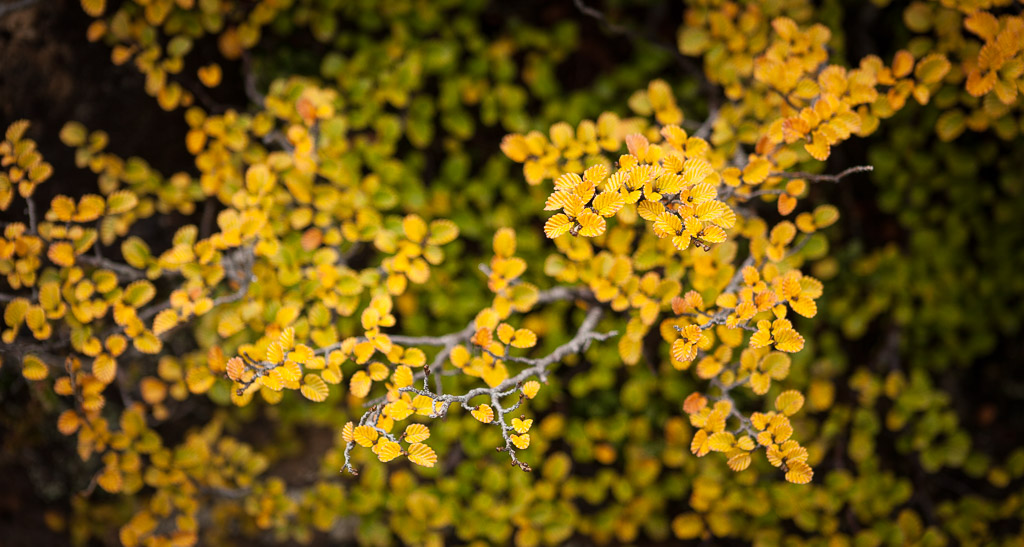
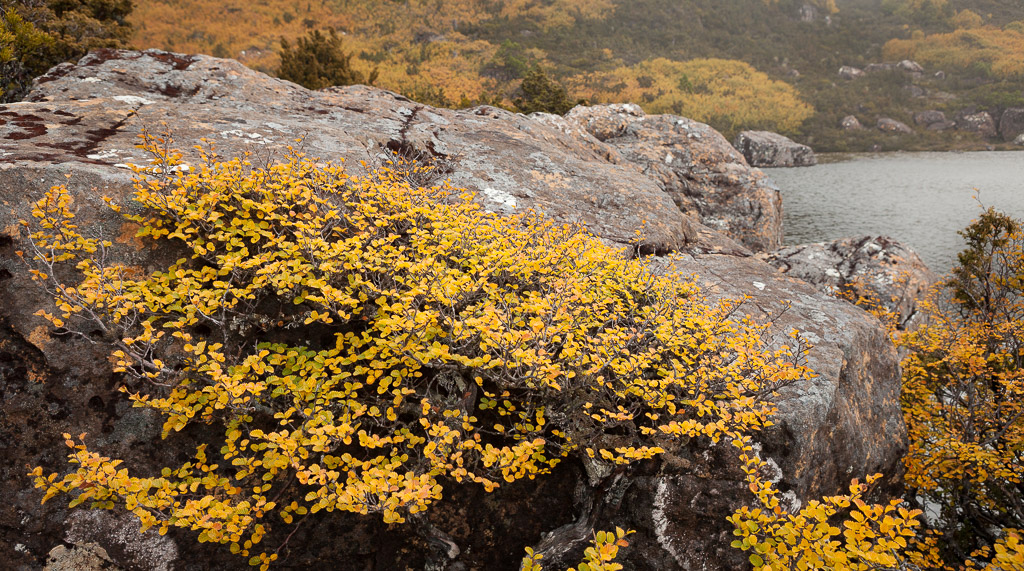

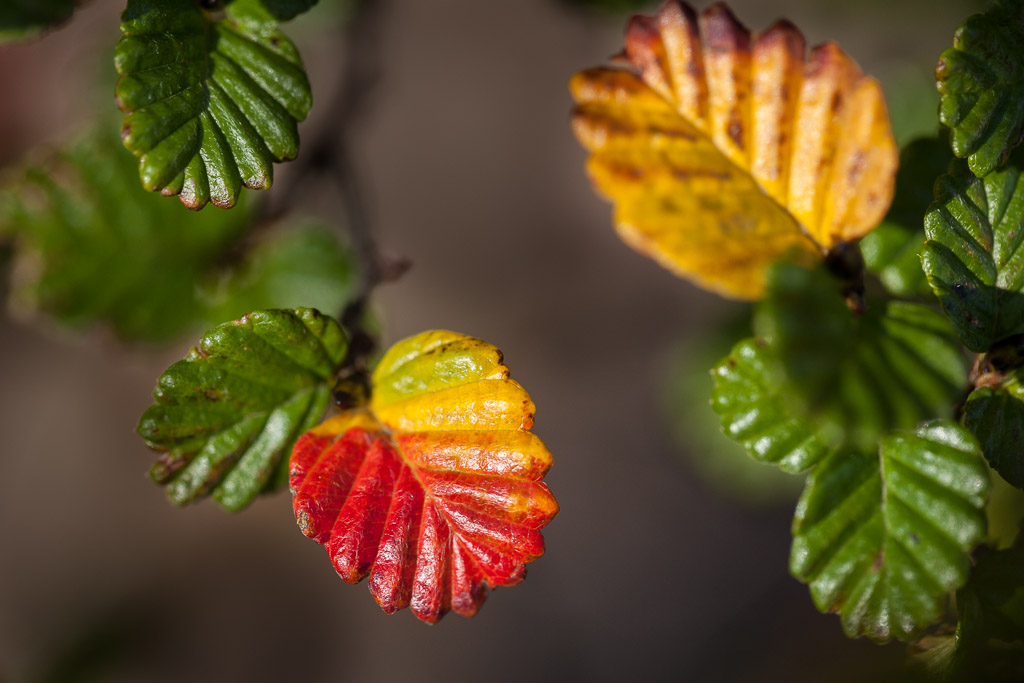
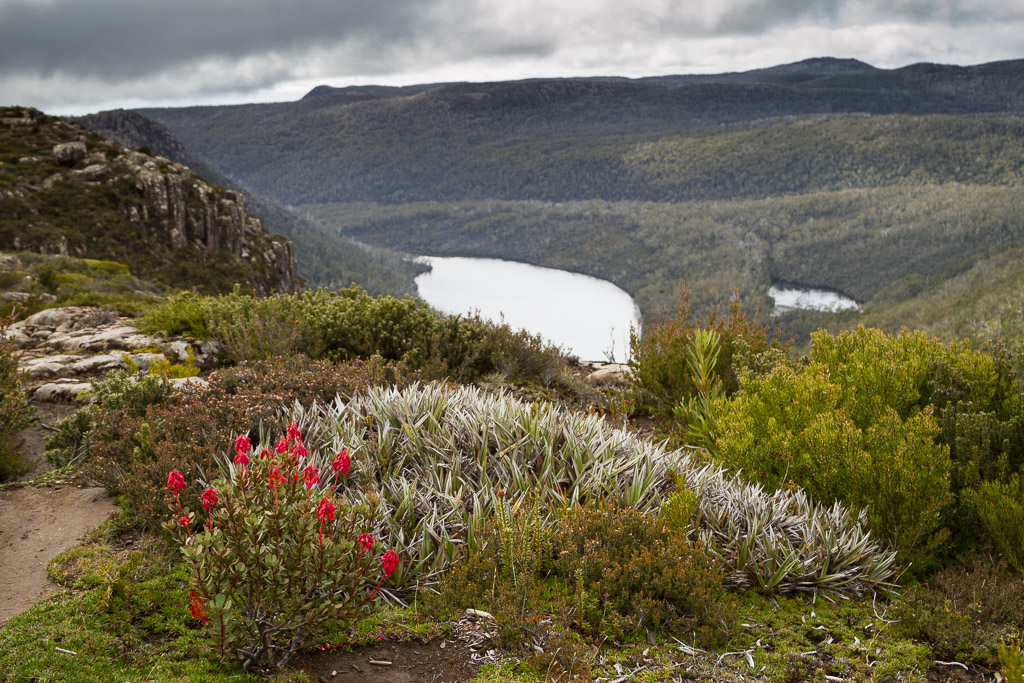

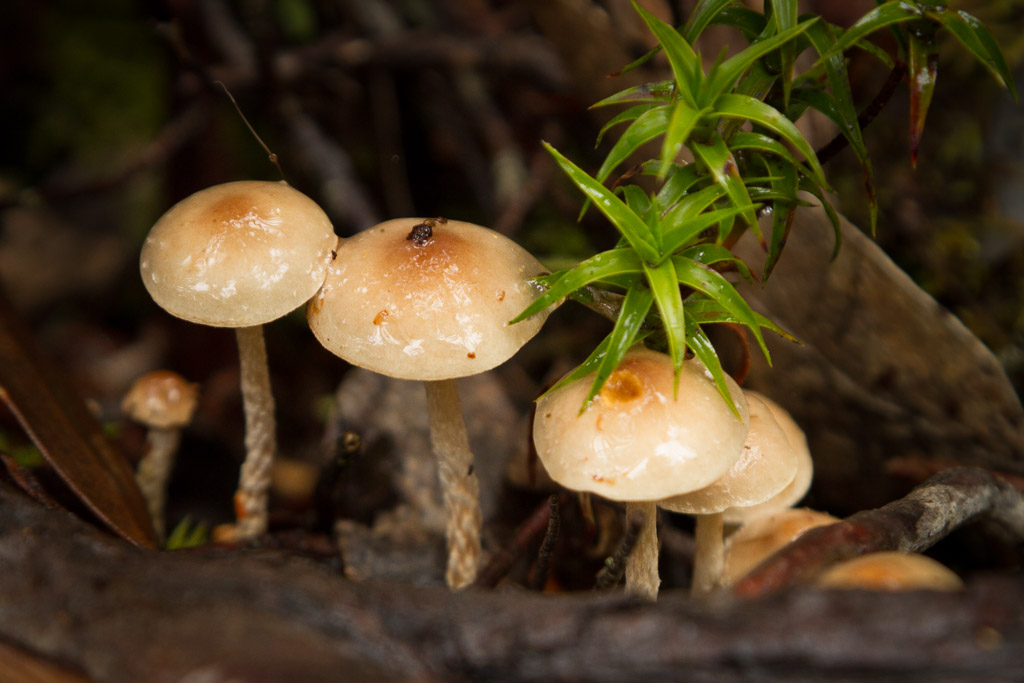




I love this plant , which honours the botanist RC Gunn – hence the suffix gunnii – please add the extra ”n” to the plant’s name – Cheers Chris
Thank you for highlighting this inadvertent spelling error in our post. Thankfully, purely an oversight with this article only. All corrected now. Coreena